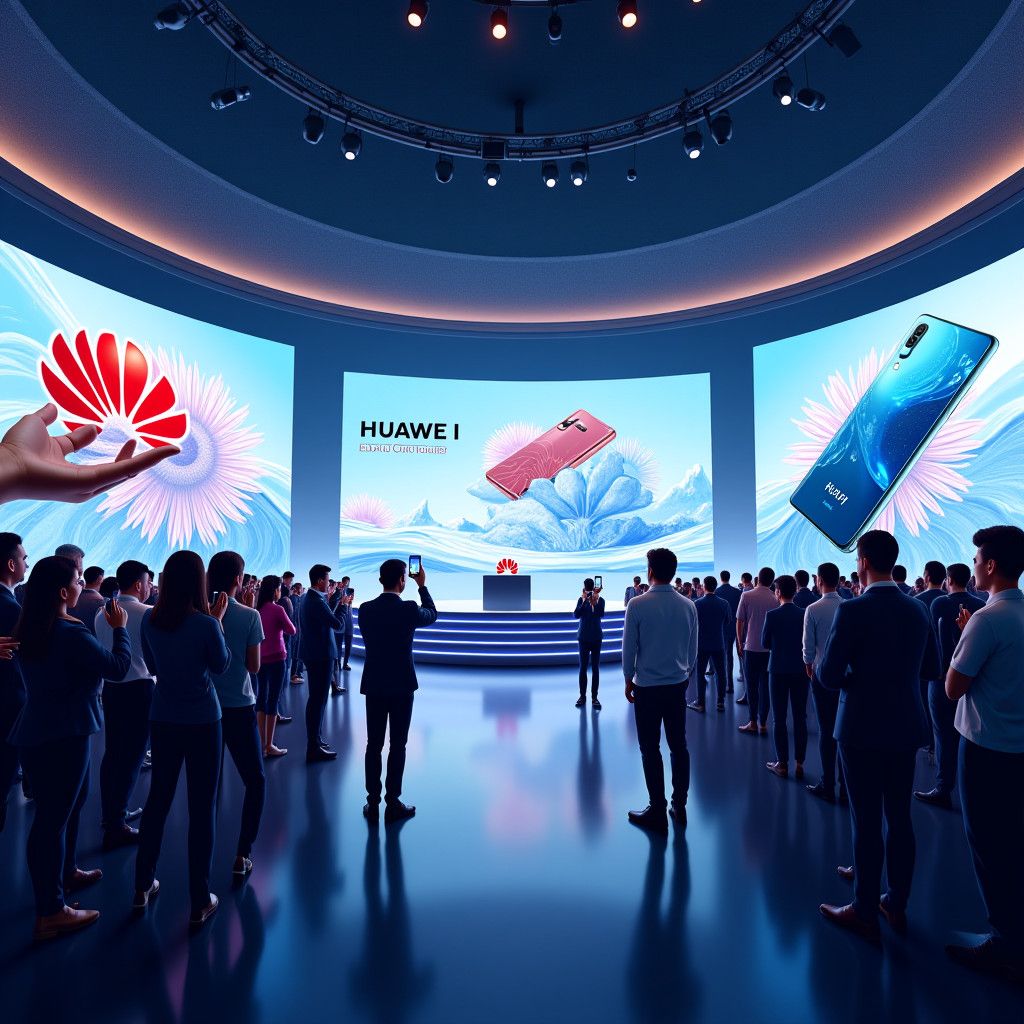Huawei, a leading name in the smartphone industry, recently unveiled its Mate 70 smartphone series, marking a significant milestone in its path towards software independence and competitive resilience in a challenging market. Priced starting at 5,499 yuan (approximately $758), the Mate 70 series positions itself as a formidable rival to Apple’s iPhone 16, particularly within the competitive Chinese market.
One of the standout features of the Mate 70 series is its development of HarmonyOS NEXT, Huawei’s proprietary operating system that does not rely on Android. This strategic move stems from the company’s need to establish a unique software ecosystem after facing U.S. export restrictions that limited its access to critical services such as Google. With this new system, Huawei aims to control its software destiny, offering users alternatives to traditional Android-based applications. Users of the Mate 70 will have the option to choose between HarmonyOS 4.3, which remains compatible with Android apps, and the new HarmonyOS NEXT 5.0.
The transition to HarmonyOS NEXT signals Huawei’s determination to overcome barriers imposed by international trade politics. By 2025, all new devices from Huawei are set to run this new operating system, further solidifying the company’s commitment to software independence. As evidence of its efforts in creating a robust ecosystem, Huawei has developed an application framework which now features over 15,000 applications.
In terms of hardware advancements, the Mate 70 series introduces the SMIC-produced Kirin 9100 processors, particularly in its higher-end models. This innovation is significant as it underscores China’s growing capabilities in chip manufacturing, especially in light of ongoing challenges posed by U.S. trade sanctions. Huawei’s ability to create and integrate its own chips demonstrates not just resilience but also a tactical response to external pressures, reinforcing its position in the smartphone market.
The Mate 70 series boasts impressive specifications that include satellite paging features and a notable 40% increase in performance compared to its predecessors. This enhancement is particularly crucial for consumers looking for high-performance devices that can keep up with demanding applications and multitasking needs.
Market dynamics reveal that Huawei is on a recovery trajectory. Recent statistics indicate that the company has reclaimed its status as China’s second-largest smartphone vendor, with over 10 million units shipped in recent quarters. This growth illustrates not only consumer support but also a renewed sense of national pride in homegrown technological advancements. In a climate where patriotism plays a crucial role, the launch of the Mate 70 series is viewed not just as a product introduction but as a testament to China’s technological prowess.
The competitive landscape highlights Huawei’s evolving rivalry with tech giants like Apple, particularly in a market as large and lucrative as China. Consumers are increasingly drawn to devices that offer unique features and a sense of national identity, which positions Huawei favorably among its domestic competitors. With innovations in software and hardware, the Mate 70 series comes at a critical juncture where consumer expectations are rapidly changing.
In conclusion, Huawei’s launch of the Mate 70 series is a significant step towards achieving greater independence in software and hardware. The introduction of HarmonyOS NEXT alongside advanced hardware illustrates Huawei’s strategic pivot in response to global trade challenges. With its renewed focus on innovation and domestic capability, Huawei aims to not only reclaim market share but also solidify its role as a leader in the global smartphone landscape.












